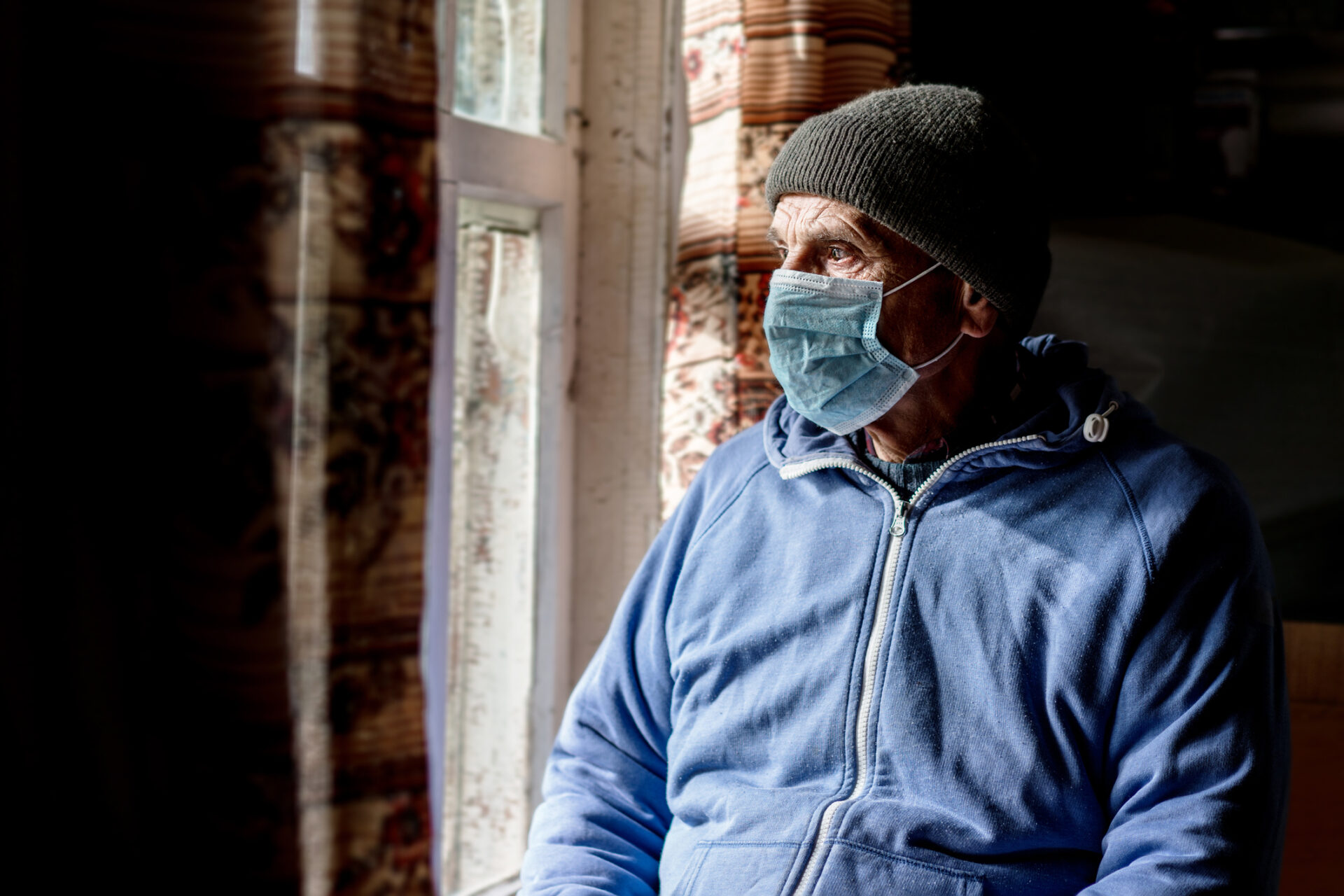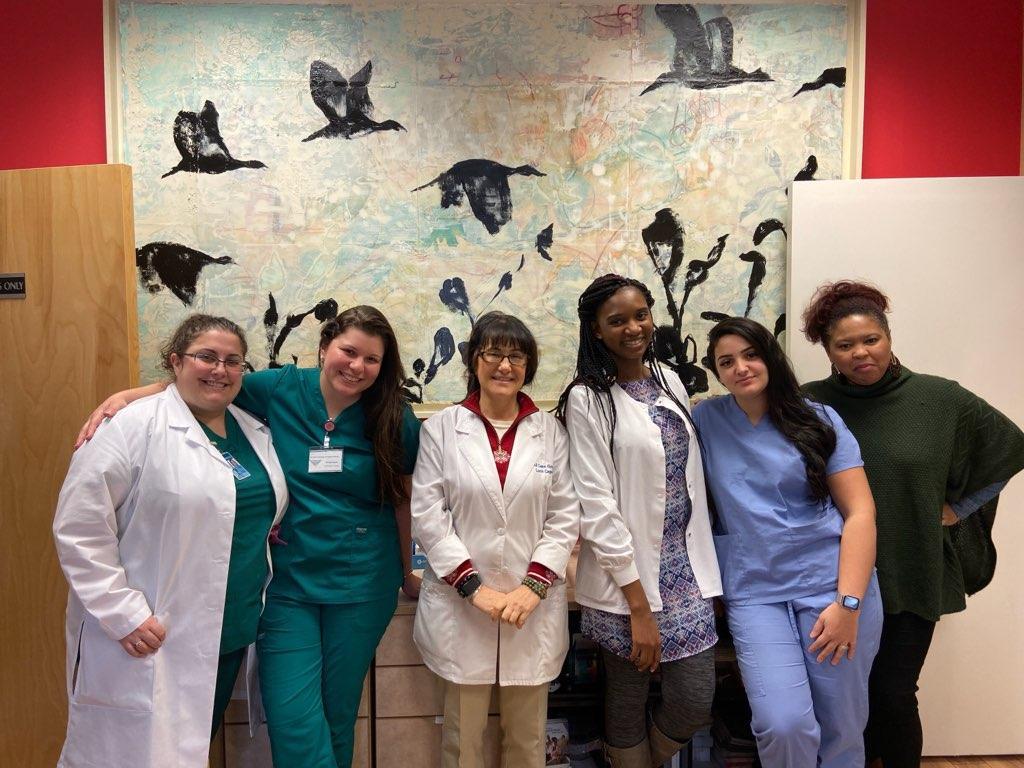The United States is facing a shortage of rural healthcare workers that is directly impacting healthcare access for rural populations. Since 2010, 78 rural hospitals have closed, affecting mostly Black and Hispanic communities, creating longer travel times and longer wait times to clinics that remain open.
Recently, osteopathic schools have played larger a role in addressing the rural care gap by graduating more primary care physicians and physicians more likely to work in rural areas. But, the worsening clinical training site shortage has now forced a barrier in clinical education.
What is the Rural Care Gap?
With fewer healthcare workers choosing to work in rural areas, rural populations are less likely to have healthcare services in or near their communities, contrasting them with the flourishing healthcare hubs of cities and suburban communities. Beyond fewer providers, rural communities are also faced with medical facilities shuttering their doors and limited services in specialties like OBGYN or oncology. This creates a gap not just in access but in outcomes and life expectancy for rural populations.
With many osteopathic schools already located in rural communities, and their students’ likeliness to become primary care doctors, osteopathic schools are positioned to produce physicians who will continue to work in rural, underserved areas after graduation.
Supporting Osteopathic Educators and Learners: How AMOpportunities Helps
When it comes to placing students in the right clinical training settings, today’s clinical site shortages increase the demand on osteopathic school coordinators. Last second-cancellations or permanently closed training sites make finding replacements near impossible.
Aside from short-term stress on administrators and students, these shortages limit a school’s capacity to scale their enrollment. AMO works with osteopathic schools to streamline both their development of clinical sites and support of their students.
1. Diverse Clinical Experiences: AMOpportunities network of clinical sites connects students and coordinators with an expansive network of clinical sites across the U.S., enabling students to gain valuable experience in caring in settings that make sense for their careers.
2. Curriculum-Approved Rotations: We collaborate with our osteopathic school partners to design rotations aligned with their curriculum goals, emphasizing rural medicine and developing students’ skills for rural healthcare.
3. Supported Preceptors: AMOpportunities connects students with experienced preceptors who are supported on the admin side of precepting. This gives your students more time spent learning and receiving mentorship and guidance during clinical rotations, helping students develop clinical skills and a patient-centered approach.
4. A Seamless Student Experience: AMOpportunities offers flexible scheduling, allowing students to complete rural clinical rotations during breaks or elective periods, seamlessly integrating these experiences into their education.
The rural care shortage is a complex challenge, but AMOpportunities empowers our osteopathic partners with access to training sites that will better prepare their students to serve effectively in rural healthcare settings. Equipping students with the skills and passion needed to make a significant impact in rural communities and improving access to quality care for underserved populations is the first step in bridging the rural care gap.
Looking for clinical sites for your students. Get started with AMO by reaching out to our team at programs@amopportunities.org







Leave A Comment